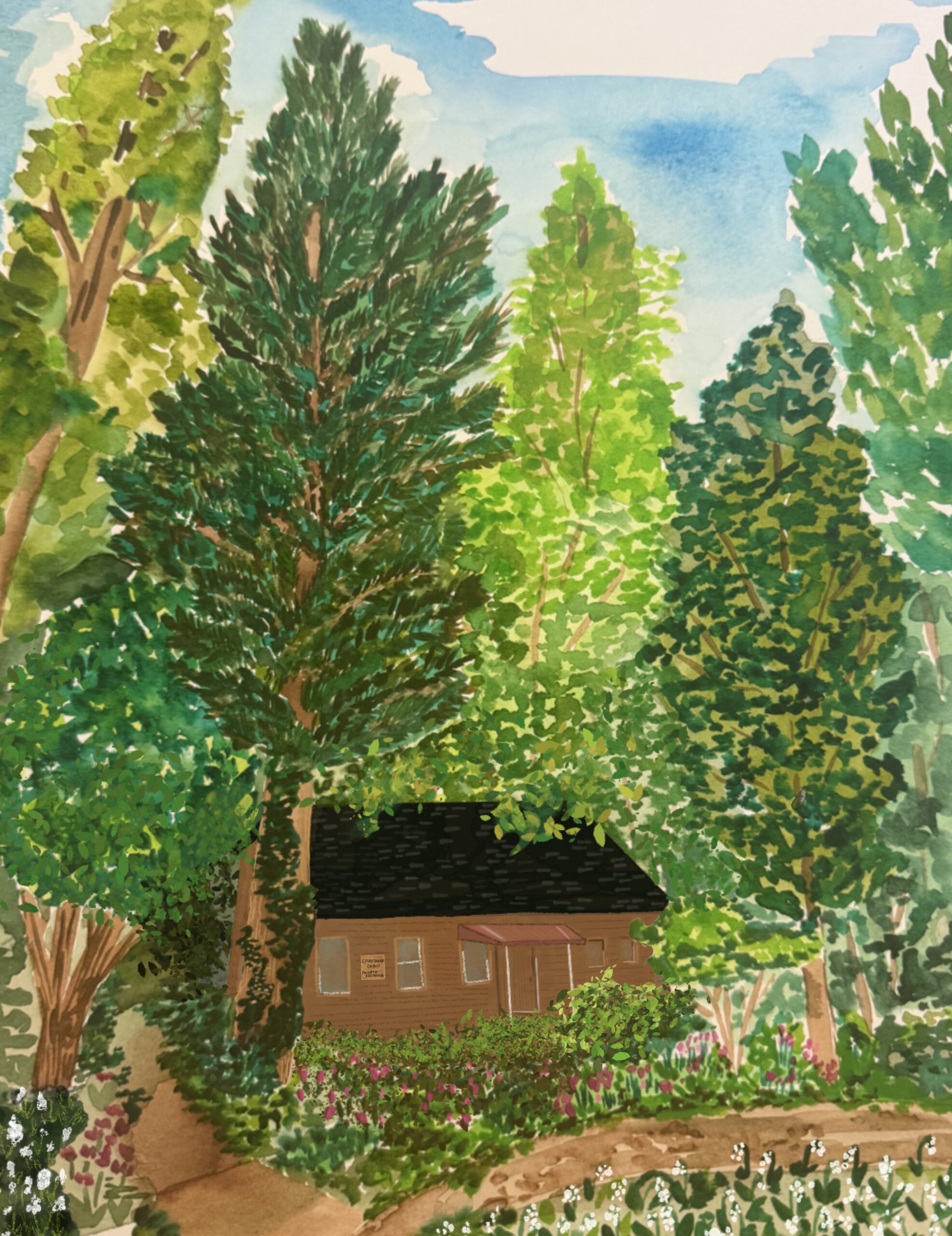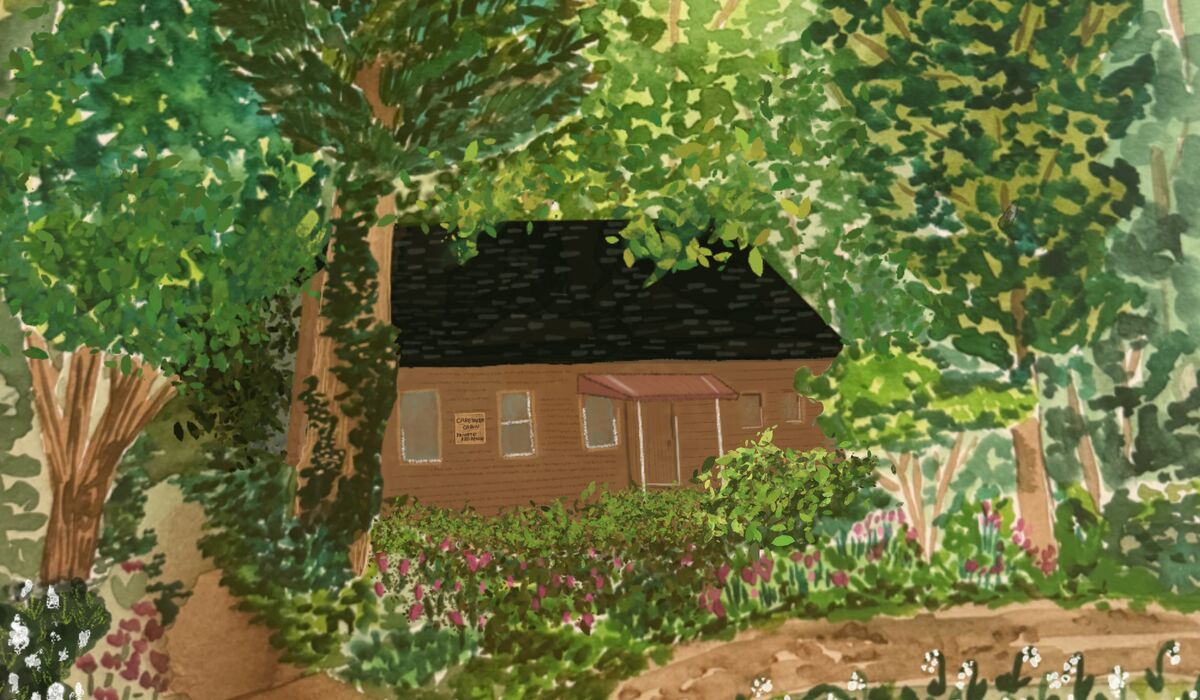Growing up in the dense suburban tangle of the Baltimore-Washington metro region, I remember pouring over architectural design magazines from a young age and spending hours scribbling out blueprints on supersized paper that allowed me to experiment with the ideas that I wanted to recreate. I even thought about which of my friends would live in my drawings, and tailored their design accordingly (many would not be complete without designated Razor scooter parking areas). When I was old enough to have my own personal computer, and while other kids played The Sims and scoured the corners of the internet, I was searching real estate listings and memorizing zip codes across the country where the coolest houses could be found (Chicago — hands down).
As infatuated as I was with this hobby, like all children, as I got older my interests evolved and sometimes disappeared to create space for new ones to emerge. I didn’t become an architect. Or an urban planner. But what stayed with me was a deep curiosity concerning how we make decisions about the built environment, what we choose to preserve, and how those tradeoffs reflect the values of our culture.
With my own decision to pursue a masters degree in landscape architecture, the University of Michigan was the only school I seriously considered. Not only did the interdisciplinary curriculum offered at the then-School of Natural Resources and Environment speak to my own approach to navigating solutions, but the town of Ann Arbor itself had a rhythm and a self-assuredness that I’d never experienced in the frenetic cities of my childhood. I wanted to spend more time getting to know the place.
My incoming academic advisor offered me a work study opportunity in which I would receive housing in exchange for helping to manage the University’s arboretum. I knew something about building materials and principles of design, but I was totally ignorant of how to tell apart an oak from a maple in the wild, so I asked Google, “What is an arboretum?” I was twitching to get on campus and in no position to haggle over the details, so I dashed off my response, “How soon can I start?” Three weeks later — and four full months before my semester started — I packed up a beat-up Subaru that I bought off of Craigslist and made the 600-mile trip from Baltimore.

“The Arb” as we all know it, became my home and my world for the next three years. I absorbed as much as I possibly could from the people and experiences I encountered there, and tried my best to hold up my end of the bargain by giving at least as much as I received. After a year working under a chief caretaker who befriended me and mentored me, I was promoted to their position after they graduated. I managed four other caretakers with positions like mine, coordinated dozens of seasonal employees, and wrangled thousands of student volunteers who showed up bright and early every weekend regardless if it was 10 degrees out or if there was half a foot of snow on the ground.
Love is an insufficient word for the feeling that comes over me when I think about The Arb today. It’s been almost nine years since I moved out of the woods for good, and yet I still feel that part of me is still there. If I close my eyes, I can walk every trail in my mind, I can hear the smooth sound of the Huron River rushing by, and I have to resist the urge to squint at the breaking sunlight filtering through the treetops.
I learned so many things there. I made so many friends there. I buried my first cat there. I met my wife and mother of my children there. “There” still feels so much like “here” to me.
I don’t use a pencil and paper in my career the way that I imagined I would when I was younger, but by etching myself into the institutional history of The Arb, it too etched itself onto me. It continues to inspire my passion for forests, especially those where there are people who love them, or even people who just haven’t realized they loved them — yet.
JT Bowers, MS’17, MLARCH’17, is the deputy director of the Maryland Forest Service.





